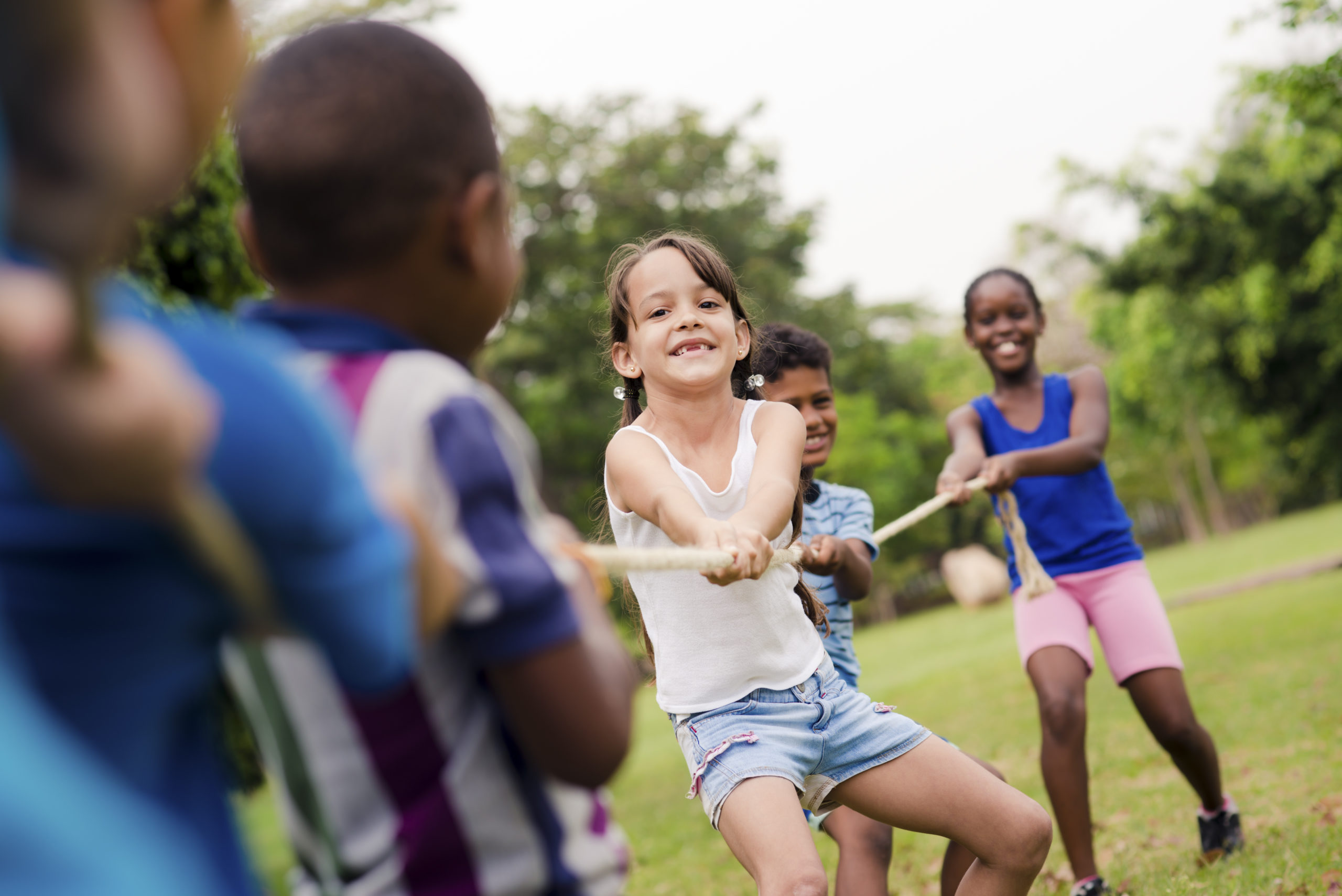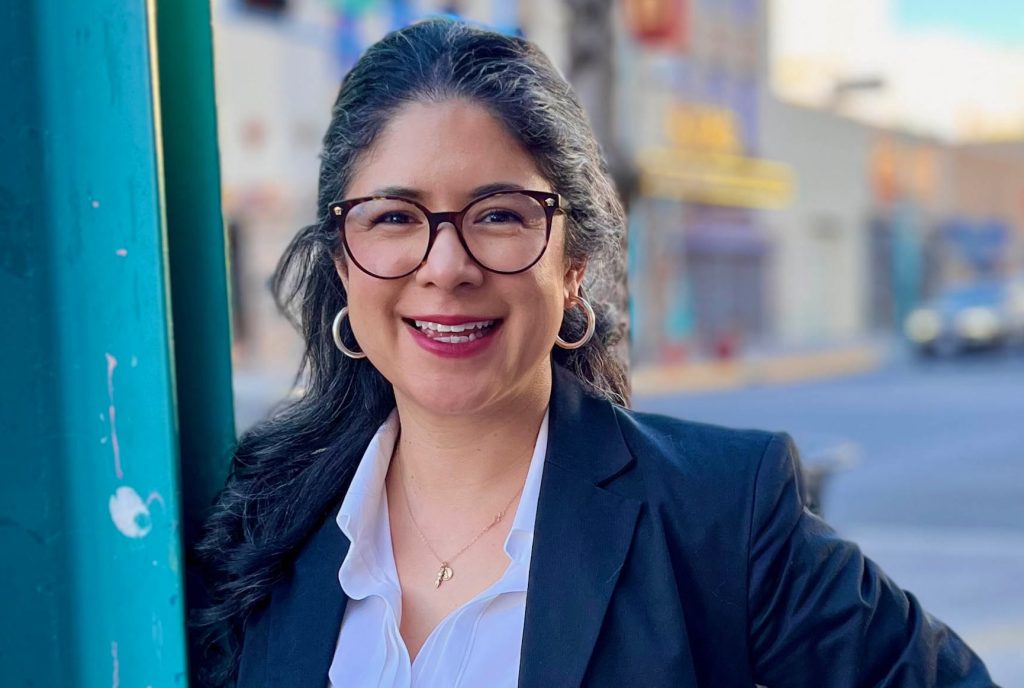ProPublica is a Pulitzer Prize-winning investigative newsroom. Sign up for The Big Story newsletter to receive stories like this one in your inbox.
Reopening states after the COVID-19 lockdown raises unnerving questions for working parents who depend on some form of child care, from nannies to day camp.
Instead of coming home with a snotty nose, is your child going to bring back the coronavirus? And how do you know your in-home babysitter or nanny, even your child’s teacher, isn’t a symptom-free spreader?
The short answer is that there are no easy answers. Every family’s budget and needs and risk tolerance are going to be different. ProPublica scoured the latest research and talked to seven infectious disease and public health experts to help think through the issues facing parents.
We were surprised to find the experts were reassuring. In fact, with the proper precautions and monitoring in place, most of them thought parents could safely rely on caregivers, day care centers and perhaps even counselors at sleep-away camp.
There’s also a hopeful nugget of information out of New Jersey. We called the state’s Department of Health to see if COVID-19 had been spreading within the child care centers that had opened April 1 to serve children of essential workers. There have been no reports of outbreaks of two or more cases, an official said.
“That’s more than interesting, it’s absolutely entrancing!” said Dr. William Schaffner, a professor and infectious disease specialist at the Vanderbilt University School of Medicine. “That will encourage us to open the schools. It’s in line with other countries that have not closed their schools, or have only modified their school attendance somewhat.”
But don’t get too excited. Some key questions still can’t be answered because of a frustrating lack of research. For example, it’s hard to say how much children transmit the disease among themselves or to others. And while some child care centers have been open, experts were not aware of any studies taking place about transmission within them.
The dearth of research about the coronavirus and kids is “a huge loss,” said Dr. Ashish Jha, incoming dean of the Brown University School of Public Health. “The idea that we’re not using every opportunity to study this stuff blinds us when making decisions,” he said.
But the experts agreed that economic realities will force most families to make decisions on the safety of child care and school settings long before there’s increased testing capacity or scientific certainty. “We can’t wait for a vaccine; that’s too far off,” said Dr. Caitlin Rivers, an epidemiologist and assistant professor at Johns Hopkins Center for Health Security. “We can’t wait for a therapy to come online to prevent severe illness.”
Here are the questions ProPublica came up with for parents considering child care, with the guidance provided by research and experts.
What does science say about the health risks children face from coronavirus?
Let’s start with some good news: We can say with confidence that children infected with the virus do not get as sick as adults. That has consistently been shown in study after study. “Doctors have hospitalized very, very few children with COVID-19,” said Raphael Viscidi, a pediatric virologist at Johns Hopkins University School of Medicine. “That’s been true here and true across the world.”
“When we look at the other objective measure of judging how bad is this — death — it’s extremely rare,” he said.
Of the 23,083 lives lost as of May 21 in one of the hardest-hit regions, New York City, only 14 of the victims were younger than 20. (Ten were between the ages of 10 to 19 and four were under age 9.)
In recent weeks, there have been alarming headlines about a severe inflammatory syndrome in children associated with COVID-19. It’s likened to Kawasaki disease, which is a rare, acute multisystem inflammatory syndrome whose symptoms include fever, low blood pressure, abdominal pain and heart inflammation. Here again, though, the prevalence is extremely rare.
And Dr. Lance Peterson, the recently retired director of clinical microbiology and infectious disease research at NorthShore University Health System, said even if a child develops the syndrome, “There are treatments so mortality risk should be fairly low.”
The trickier questions are whether children are as susceptible as adults to becoming infected and, if infected, how likely they are to spread the virus to others.
At this point, there’s a limited number of studies, and the science is far from conclusive, but three of the four studies ProPublica looked at found that children are not contracting the virus as often as adults.
Two studies out of China show that children had much lower rates of infection. For example, one study of 105 confirmed COVID-19 patients and the 392 people they came in contact with in their households found that the infection rate among adults in the households was “dramatically higher” than that of children, with 20.5% of adults falling sick, compared with 4% of those younger than 18. Another household contacts study, conducted in Guangzhou, China, found similar infection rates in children. That study has yet to be published in a journal, but it was posted online.
In a population study in Iceland of 13,080 residents, 100 (or 0.8%) tested positive for an active infection. None of the 848 children under age 10 tested positive.
Frustratingly, at least one study has had contrary finding: A study in Shenzhen, China, tracked 391 COVID-19 cases and their 1,286 close contacts and found that the infection rate among children under age 10 was 7.6%, similar to the population average of 6.6%, leading the authors to conclude that “children are at a similar risk of infection to the general population.”
OK, maybe you’re not that worried about your kid getting severely sick, since that’s so rare. What you really want to know is if your kid can become a carrier of the virus and bring it home to endanger people living with you who are elderly or have compromised immune systems. Experts say those early studies showing lower rates of infection in children are a positive sign.
But there is another study by a group of German researchers that is causing some concern. It found that children and adults who are infected have similar viral loads. An infected person’s viral load is a measure of the amount of virus being emitted from his or her cells. It’s generally considered a proxy for how infectious a person is — though an imperfect one. “Based on these results, we have to caution against an unlimited re-opening of schools and kindergartens in the present situation,” the authors wrote. “Children may be as infectious as adults.”
Experts are hopeful that more answers are coming as new research begins, including a National Institutes of Health study that will look at what percentage of infected kids develop symptoms, and a study at 35 children’s hospitals across the country that will attempt to determine why children aren’t getting sick in the same numbers as adults. The hospital study will also look at viral shedding in children, a measure which is considered a proxy for how infectious a patient is.
For concerned parents, one quandary posed by the coronavirus remains particularly tough to navigate: Research shows that an infected person can transmit it to others before showing symptoms of COVID-19. This makes it difficult to be certain it’s safe to venture out because screening people for symptoms can still miss carriers of the virus.
How do I weigh the risks COVID-19 poses to my family?
Parents can assess their risk on a number of levels: community, household and the emotional well-being of their families.
Dr. Saskia Popescu, an infection prevention specialist in Arizona, said the first step is to look at how many people are continuing to contract COVID-19 in your region. Some states will handle this question for you, because governors won’t lift stay-at-home orders until community transmission has been dropping for several weeks. The White House guidelines for reopening America recommend a 14-day downward trend in cases, and ProPublica has a tool to check the status of your state. State and county health departments may have more specific information that applies to your community.
Your household risk will also be higher if you live with or frequently see an elderly family member, or someone with a compromised immune system. Chronic illness is also a consideration. The U.S. Centers for Disease Control and Prevention says that people with underlying conditions, such as severe obesity, diabetes, kidney disease or heart disease, are at higher risk of severe illness from COVID-19.
For parents who have been juggling full-time child care or Zoom classes at home, there is also a growing worry that seems selfish to say aloud during a pandemic: What are the social and emotional costs of so much isolation? And is there a time when those costs can be considered as risk factors?
“It’s something people are having trouble expressing because it somehow feels wrong,” said Emily Oster, a Brown University economics professor and author of popular data-driven parenting books. “It feels like we’re all supposed to be saying we would do anything to prevent the spread of COVID.”
A survey in China on two of the hardest-hit areas in the country found that after just over a month of lockdown on average about a fifth of students experienced depression or anxiety. Missing school can also cause academic setbacks and restrict access to services that students with mental health needs depend on, research shows.
Much of the public officials’ guidance is focused on keeping people from getting sick, but some may have other consequences. Some parents and experts, for instance, worry that children may miss out on important language development if they can’t see their caregivers’ faces or expressions.
Once their states begin to open back up, families may be willing to accept a small amount of risk for the emotional and developmental benefits to their children. The social needs of children “is an important piece,” when talking about reopening safely, Popescu said.
Still, the safest decision is for families to keep their children at home, “but I realize that not everybody is in a position to actually implement that recommendation,” said Dr. Angela Rasmussen, a virologist at Columbia University’s Mailman School of Public Health. “Many people don’t have the luxury to put [child care] off.”
Which child care option is safest?
Child care, of course, is largely a matter of finances. The more you have, the more you can afford the less risky options. But it is also about trust. Even the best nanny may be a risk to your family’s health if he or she doesn’t follow infection control standards.
Day care facilities, day camps and schools necessarily introduce more teachers, counselors and others, as well children, into the equation, thereby increasing the possible exposure.
But regardless of your choice, many experts said, as long as you’re confident that your child care provider is following protocols, the increased risk is likely incremental. “Nothing is a hard and fast line. You’re not going from protection to putting a child at huge risk,” Viscidi said.
The age of children is also a factor. Infants and toddlers put things in their mouths and are unable to stay away from each other. The more intense care required at this age — diapering, bottle feeding — also can’t be done without almost continual close contact and requires more adults per child, increasing the inherent risk. Hygiene efforts and distancing should be more successful with older children, though they also can’t always be relied on to follow instructions.
Experts say, and studies show, child care workers should follow the CDC guidelines to reduce the risk of exposure as much as possible: Caregivers and kids should be regularly screened for coughing, difficulty breathing, fever and other symptoms. Proper hand-washing and disinfecting of toys, tables and other surfaces should routinely occur. Field trips and activities that don’t allow for social distancing should be canceled.
Peterson, the infectious disease expert, said parents should visit centers or camps they are considering to see if they are abiding by the CDC recommendations. If child care centers “use some sense and follow guidelines on social distancing and cleaning, it’s probably safe to open,” he said.
Experts say even overnight camps might be doable if the camps follow CDC recommendations, which include limiting attendance to staff and campers from the same geographic area and aligning beds so people sleep head-to-toe at least 6 feet apart. Rooms and bathrooms should be disinfected regularly, and staff and campers should avoid placing toothbrushes and toiletries directly on counters. The symptoms of both campers and staff will need to be monitored, the CDC says, and plans need to be in place to isolate and send home anyone who shows symptoms.
To mitigate risk, overnight camps could also admit fewer campers and spread them out, said Schaffner, of Vanderbilt. “It’s all in your risk tolerance and assessment,” he said, “and how convincing the camp director can be when they tell you they mitigate the risk to keep your child as safe as possible.”
Peterson said it should be reassuring to parents to see that countries that kept their schools open have not appeared to fare worse than those like the United States, which closed schools. Though it should be noted that countries like Australia and Iceland have entirely different health care systems and took varying steps to break the chain of transmission, including contact tracing and testing. Peterson cautioned that the situation is evolving quickly as states reopen, so parents should monitor the number of confirmed COVID-19 cases around them. This can be done by checking with a local health department, he said.
In the coming weeks, “we will know if opening around the country has been a problem,” Peterson said. “If things aren’t surging up by then that’s another indication that it’s prudent to move forward.”
Chris Hendel contributed reporting.
Filed under:


















